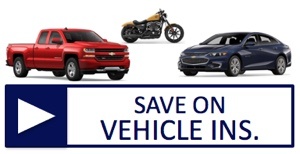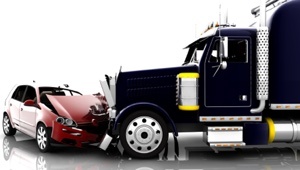 We probably don’t have to tell you that there is a shortage of drivers in the U.S., but have you ever considered how that shortage may affect the cost of your truck insurance premiums?
We probably don’t have to tell you that there is a shortage of drivers in the U.S., but have you ever considered how that shortage may affect the cost of your truck insurance premiums?
Bob Costello, the chief economist for the American Trucking Association (ATA) recently reported a 50,000-driver shortage, and if the U.S. economic climate continues to improve, that shortage will likely increase. While autonomous trucks should help ease some of that shortage, it’s going to be a while before they make any real impact.
Why the Trucker Shortage?
An improving economy is increasing retail and industrial demand, thereby growing the need for truck drivers. Earlier this year, the U.S. saw a record high demand for truck freight, which is excellent news, but it also means that the demand for truck drivers will continue to increase.
Hours of Service Rule
The Federal Motor Carrier Safety Administration’s Hours-of-Service Rule requires a driver to be off duty for 10 hours after driving for 11 hours, which means that any trip that is 300 miles or more requires the driver to stay overnight somewhere. Understandably, many drivers don’t want to be away from their families five days a week. Those who are willing to do it, usually require higher pay from an industry that has an already tight profit margin.
Aging Workforce
Approximately 46% of the general workforce is over 45 years of age; whereas, according to the American Transportation Research Institute 56% of truck drivers are over 45. This higher age is no surprise because federal law requires that drivers must be at least 21 to get an interstate commercial driver’s license and drive an 18-wheeler. That leaves a three-year gap between high school graduation and turning 21, so these new graduates can’t even consider a career in truck driving unless they’re willing to wait. Congress has talked about lowering the age to 18, but so far nothing has been done.
Solutions to the Trucker Shortage
The shortage of drivers is a huge challenge for most trucking companies. One solution is increasing driver wages, but with high cost of fuel and tight profit margins, many trucking companies are forced to look at other ways to recruit and retain drivers.
How to Lower Your Trucking Insurance Costs
One of the most significant considerations for underwriting trucking insurance is the driver, and the driver shortage makes it more challenging to hire well-qualified drivers, which often translates into more accidents and higher insurance premiums.
Here are three tips to help you keep your trucking insurance rates down:
- Consider using FMCSA’s Pre-Employment Screening Program (PSP) to screen new hires. This program gives you information about a commercial driver’s five-year crash and three-year inspection history. The FMCSA reports that companies that use PSP “lower their crash rate by 8% and driver out-of-service rates by 17%, on average, compared to those that do not use PSP.”
- Consider instituting an employee retention program. The longer your employees have been working for you, the lower the risk. A 45-65% driver retention rate is considered a good rate by most trucking insurers.
- There are also things you can implement to improve your drivers’ comfort (increasing retention) and their confidence and safety (decreasing crash rates). Here are just a few ideas: Bose seats, automatic transmissions, stabilization systems, and anti-collision systems can help.
Lower Your Truck Insurance Rates With One Simple Step!
American Insuring Group may not be able to solve the truck driver shortage, but we can help you with your insurance needs. As insurance brokers, we compare the coverage and costs of multiple insurance companies to ensure that you get the right insurance for your needs at the best possible price.
So give American Insuring Group a call at (800) 947-1270 or (610) 775-3848 or click here to contact us online.


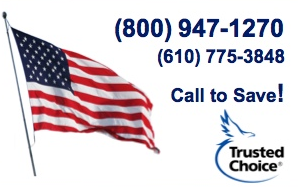
 In 1996, Pennsylvania’s Workers’ Compensation Act was amended, and Act 57 was passed.
In 1996, Pennsylvania’s Workers’ Compensation Act was amended, and Act 57 was passed. To learn more about all your
To learn more about all your  Risk management is part of any successful business, and it is especially true in an industry fraught with as many dangers as construction. Accidents that cause injury, damage, or death occur on worksites across the country every day.
Risk management is part of any successful business, and it is especially true in an industry fraught with as many dangers as construction. Accidents that cause injury, damage, or death occur on worksites across the country every day. Accidents happen, but the right insurance will help protect your business. For more information about contractor insurance and any time of business insurance you may need, contact American Insuring Group at
Accidents happen, but the right insurance will help protect your business. For more information about contractor insurance and any time of business insurance you may need, contact American Insuring Group at  Don't go it alone. Give American Insuring Group a call at
Don't go it alone. Give American Insuring Group a call at 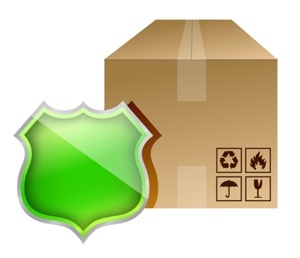 The good news: During the first quarter of 2018, the number of cargo thefts in U.S. and Canada dropped 23% year-over-year.
The good news: During the first quarter of 2018, the number of cargo thefts in U.S. and Canada dropped 23% year-over-year. To learn more about saving on all types of truck insurance, contact American Insuring Group at
To learn more about saving on all types of truck insurance, contact American Insuring Group at 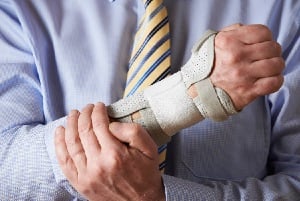 There is a very simple way to reduce health insurance and
There is a very simple way to reduce health insurance and  To learn more about properly protecting your business, give American Insuring Group a call at
To learn more about properly protecting your business, give American Insuring Group a call at 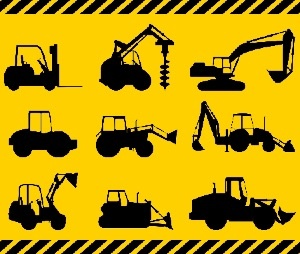 Whenever the Bureau of Labor Statistics (BLS) releases its list of the deadliest jobs in America, some type of construction work is on that list.
Whenever the Bureau of Labor Statistics (BLS) releases its list of the deadliest jobs in America, some type of construction work is on that list.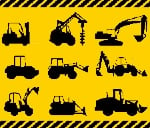 Unfortunately, accidents still happen, but the right insurance can help protect you and your employees if an injury does occur.
Unfortunately, accidents still happen, but the right insurance can help protect you and your employees if an injury does occur. 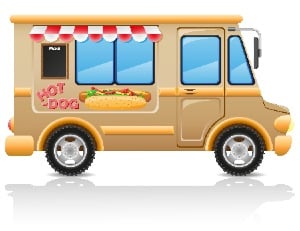 Food Trucks may have started as a big-city phenomenon, but their numbers are growing in big and small towns alike. While the restaurant industry continues to grow at a steady rate of approximately 2% each year, food trucks have increased at a rate of 7.9% annually over the past five years, according to
Food Trucks may have started as a big-city phenomenon, but their numbers are growing in big and small towns alike. While the restaurant industry continues to grow at a steady rate of approximately 2% each year, food trucks have increased at a rate of 7.9% annually over the past five years, according to 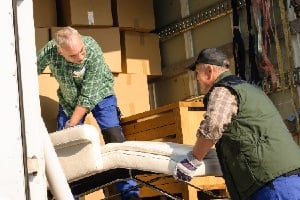 Workers Compensation Insurance for interstate trucking companies can be complicated, but it is required by most states. And, due to the dangerous nature of truck driving, it is essential for the well-being of both truck drivers and trucking companies.
Workers Compensation Insurance for interstate trucking companies can be complicated, but it is required by most states. And, due to the dangerous nature of truck driving, it is essential for the well-being of both truck drivers and trucking companies. Every year 48 million people get sick from a foodborne illness, 128,000 are hospitalized, and 3,000 die, according to
Every year 48 million people get sick from a foodborne illness, 128,000 are hospitalized, and 3,000 die, according to  An HACCP plan is one of the best ways to ensure the safety of the food that you serve and to protect your customers, your employees, and your bottom line.
An HACCP plan is one of the best ways to ensure the safety of the food that you serve and to protect your customers, your employees, and your bottom line.